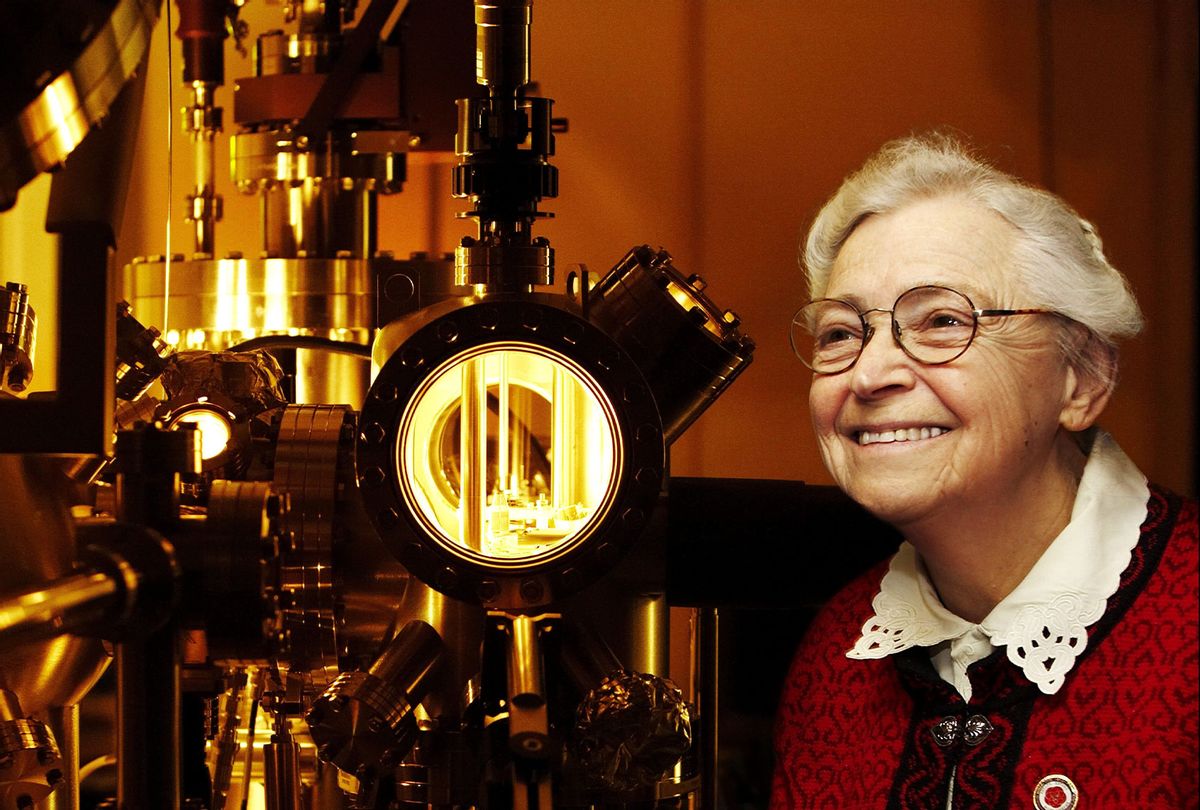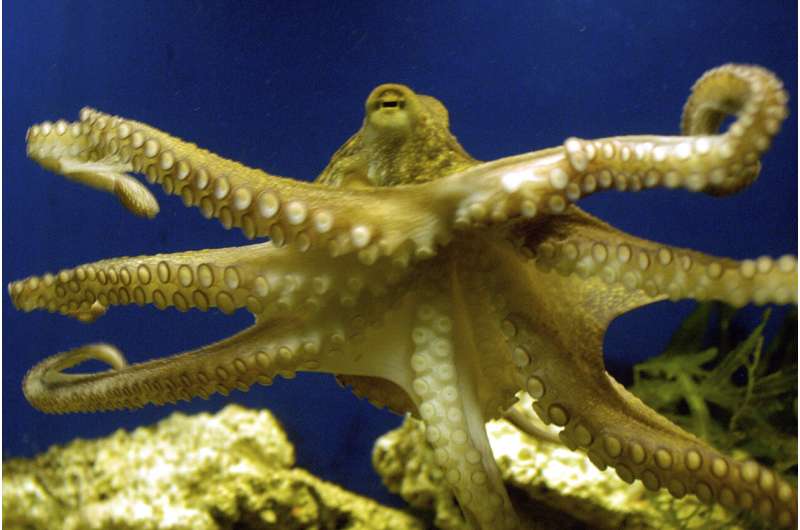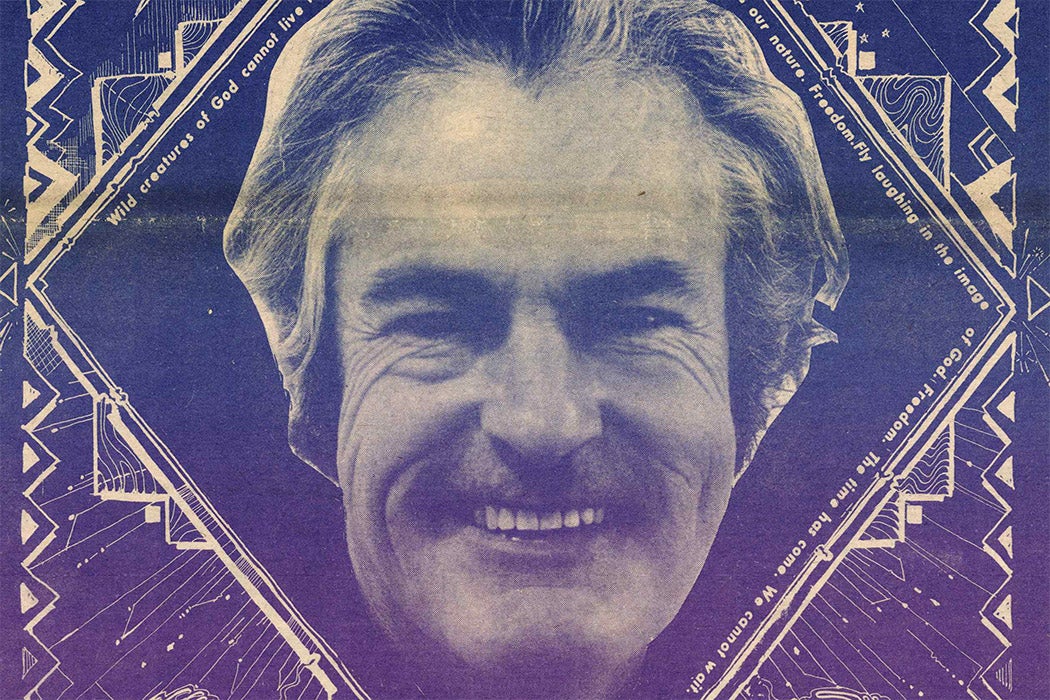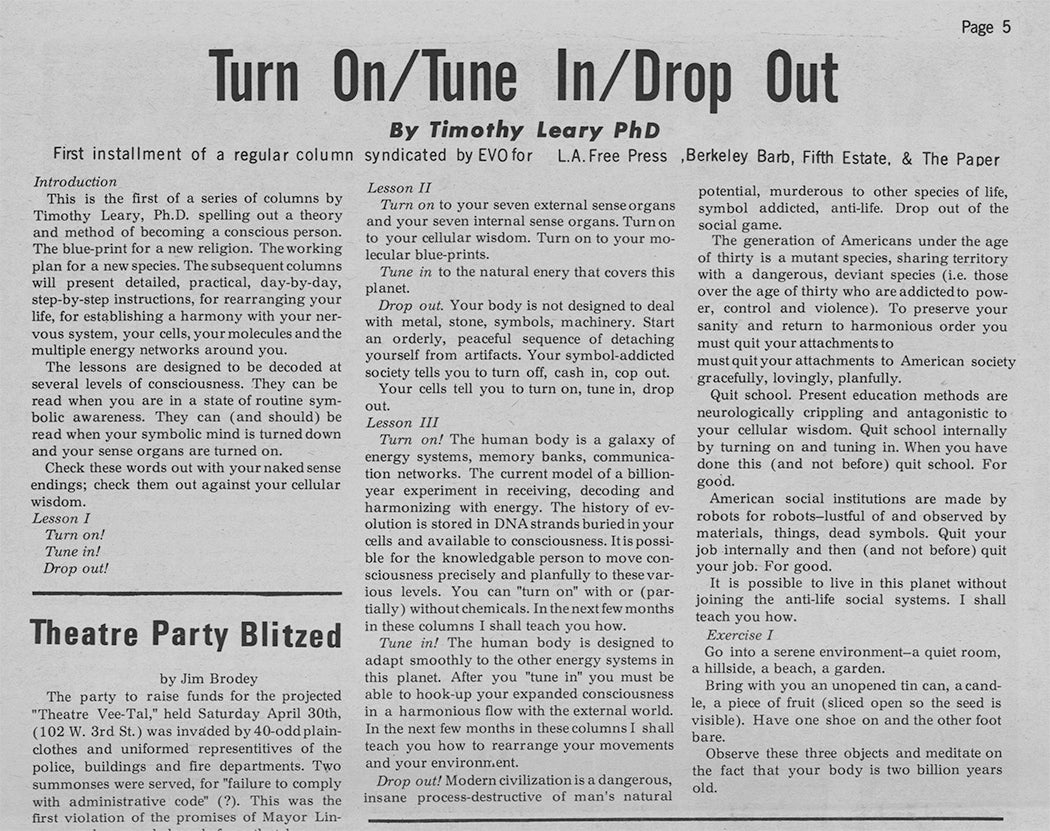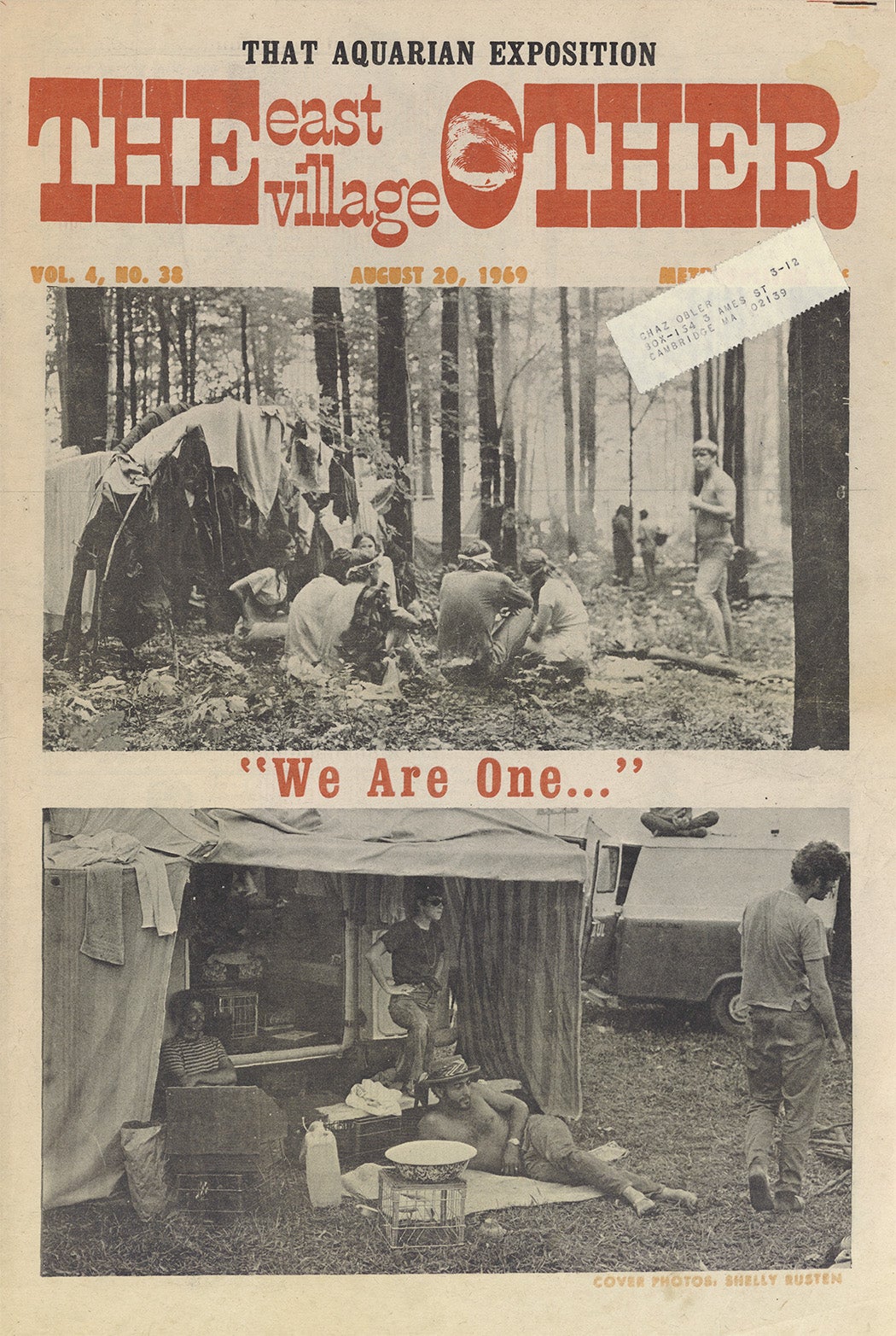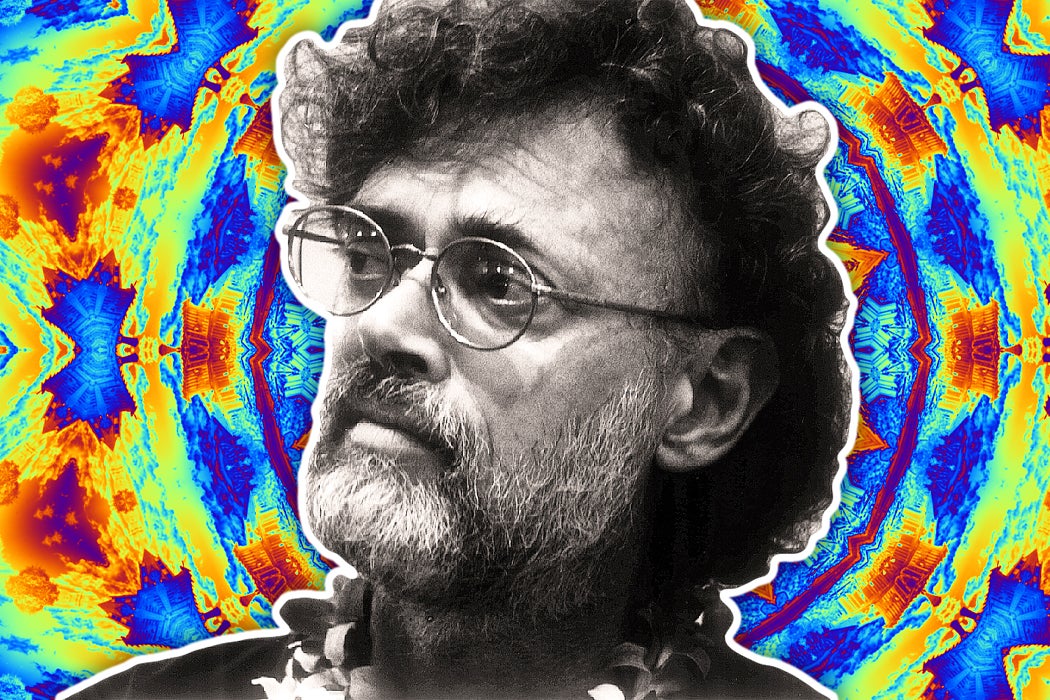High-protein diets may decrease testosterone levels in men, leading to ED, fertility struggles
 (
(WORCESTER, England — Gym buffs who knock back protein shakes and devour lean meats are lowering their chances of having kids, warns a new study. Following a high-protein diet may reduce men’s testosterone levels, which can lead to erectile dysfunction and low sperm counts, say scientists.
Men who are looking to build muscle or lose weight are often encouraged to consume large amounts of lean meats, fish and protein shakes. But now scientists at the University of Worcester say pilling on the protein could cost them dearly, decreasing their testosterone levels by more than a third.
Cutting out carbs, which has become increasingly popular with celebs like Kim Kardashian, also comes at a price, the researchers report.
“Most people eat about 17 percent protein, and the high protein diets which caused low testosterone were all above 35 percent, which is very high,” says lead researcher Joseph Whittaker, a doctoral student at the university, in a statement per South West News Service. “So for the average person, there is nothing to worry about, however for people on high protein diets, they should limit protein to no more than 25 percent.”
Not having enough testosterone has also been linked to chronic diseases like heart disease, diabetes and Alzheimer’s. In contrast, healthy testosterone levels are very important for strength, muscle building, and athletic performance.
Results from 27 studies involving a total of 309 men were compiled by the researchers. Those who followed a high protein, low carb diet had much lower levels of testosterone compared to others. Having more than 35 percent protein reduced testosterone levels by 37 percent, which is medically referred to as hypogonadism, the researchers found.
Too much protein and not enough carbs also increased cortisol, commonly known as the body’s stress hormone, which is released during the “so-called fight or flight” response. High levels of cortisol have been found to suppress the immune system, leaving people vulnerable to viral and bacterial infections like colds, flus and COVID-19.
Packing on the protein can also cause “rabbit starvation,” where the body turns too much protein into ammonia which is toxic at high levels. This condition, sometimes called “protein poisoning,” was first discovered by Roman soldiers who were forced to survive on rabbits during the siege of Villanueva del Campo. Many of them developed severe diarrhea and died.
“The finding that low carbohydrates diets increase cortisol is very interesting, as these diets have become incredibly popular over recent years, with many celebrities such as Kim Kardashian, LeBron James, and Meagan Fox, promoting them,” Whittaker says. “However further work needs to be done in this area, to know if this is necessarily bad.”
The findings are published in the journal Nutrition and Health.
Report by South West News Service writer Tom Campbell
